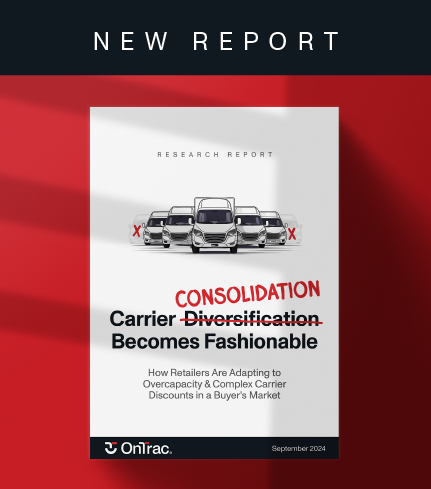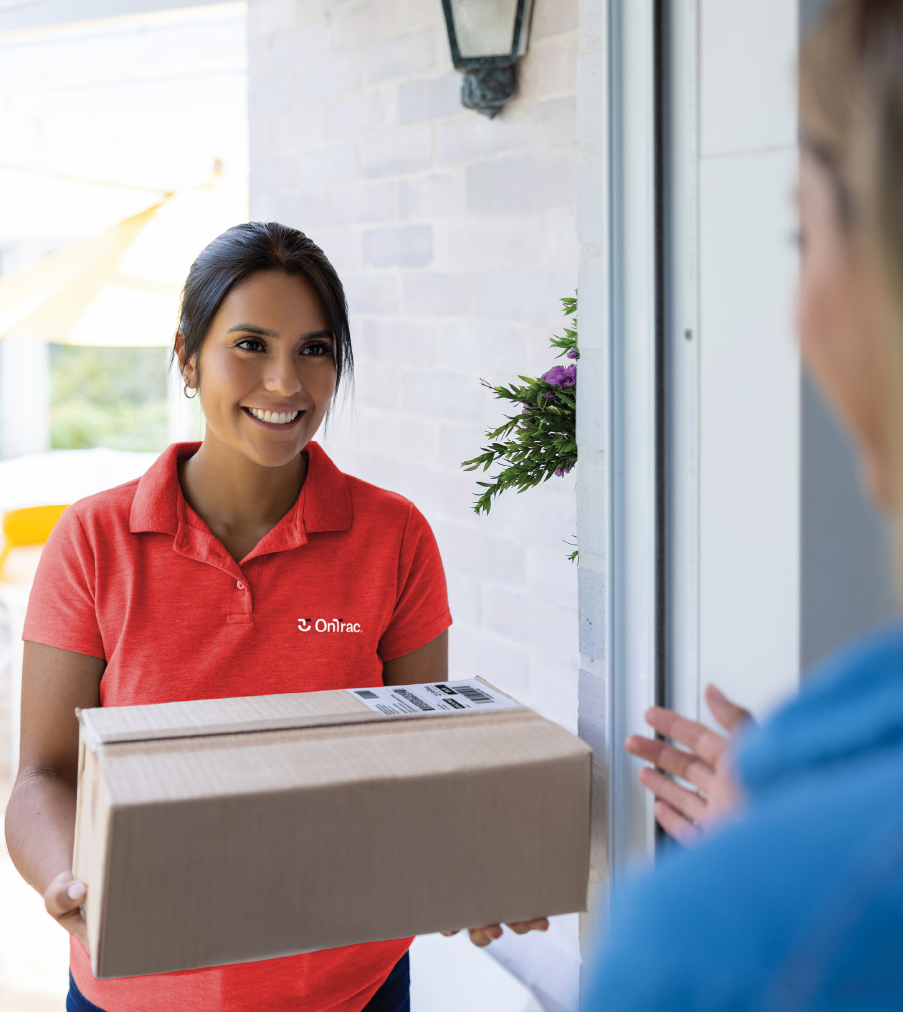LaserShip study shows that consumers overwhelmingly prefer home delivery over buy online, pick up in-store.
January 6, 2022—Retailers and parcel carriers throughout the supply chain have struggled for years with soaring consumer demands for home delivery, but a new study shows that online consumers are increasingly willing to pay for fast fulfillment, according to a survey from regional e-commerce parcel carrier LaserShip.
Nearly 60% of shoppers surveyed paid for faster delivery, with 69% of those having paid more for next-day delivery, the firm said. According to Vienna, Virginia-based LaserShip, that finding reflects the extent of the pandemic’s impact on shopping behaviors, since 62% of consumers surveyed just seven months ago—in June 2020—had never paid for expedited delivery.
The result was particularly important because the survey also showed that consumers continue to overwhelmingly prefer home delivery over buy online, pick up in-store (BOPIS) and other forms of click and collect. A huge majority of 89% of consumers prefer home delivery over BOPIS, up nearly 10% from 2020, and they are increasingly choosing retailers that can provide that service.
In fact, slow delivery is costing retailers business, LaserShip said. Seventy-three percent of consumers view fast delivery as critical online shopping criteria (a 16% increase from 2020) and they are choosing retailers that can deliver their items more quickly. In 2021 alone, slow delivery caused 64% of consumers to not try a new retailer and 54% to switch retailers.
LaserShip commissioned the study from Hanover Research to survey over 3,000 consumers to understand how their shopping behaviors and preferences have evolved since the start of the pandemic.
“The pandemic has only increased shoppers’ preferences for free and fast home delivery,” Josh Dinneen, chief commercial officer of LaserShip, said in a release. “This study provides retailers with key insights and strategies to help them build flexible, resilient supply chains that meet consumers’ expectations and respond to evolving shopping behaviors in to acquire customers and increase brand loyalty.”
Read the original article in DC Velocity.



